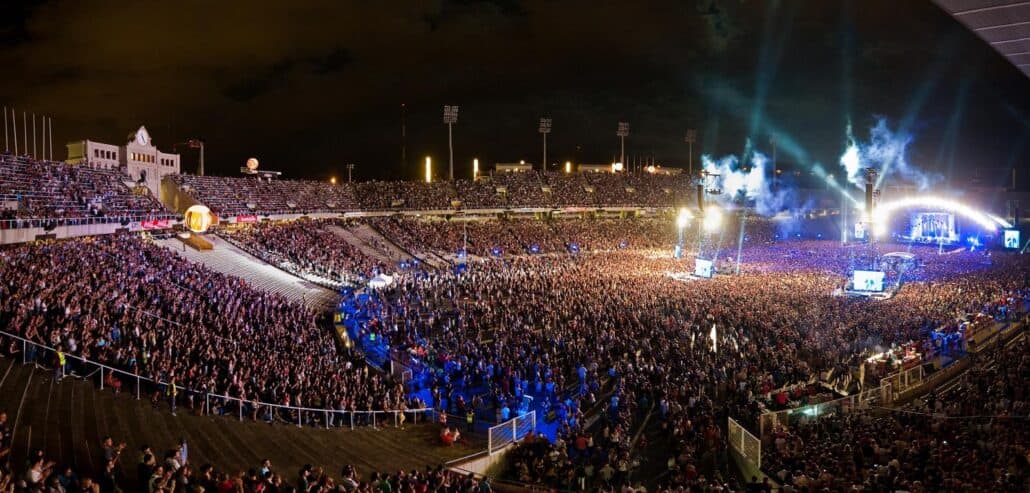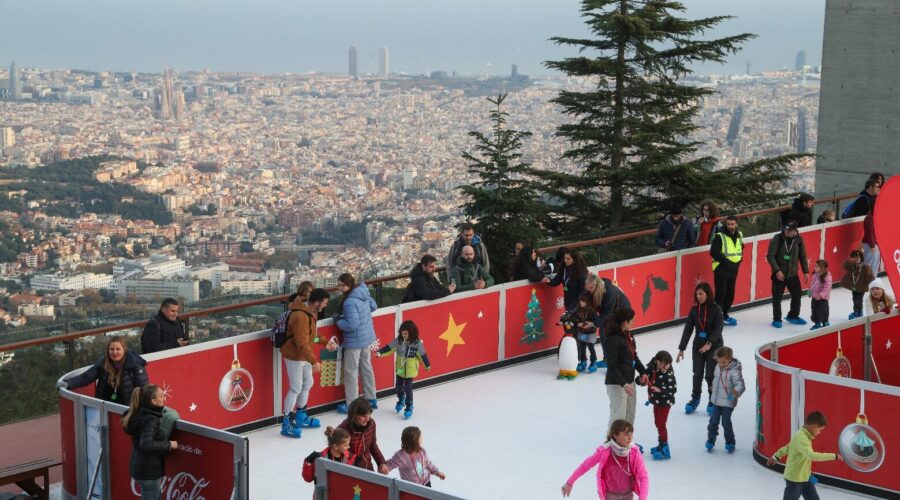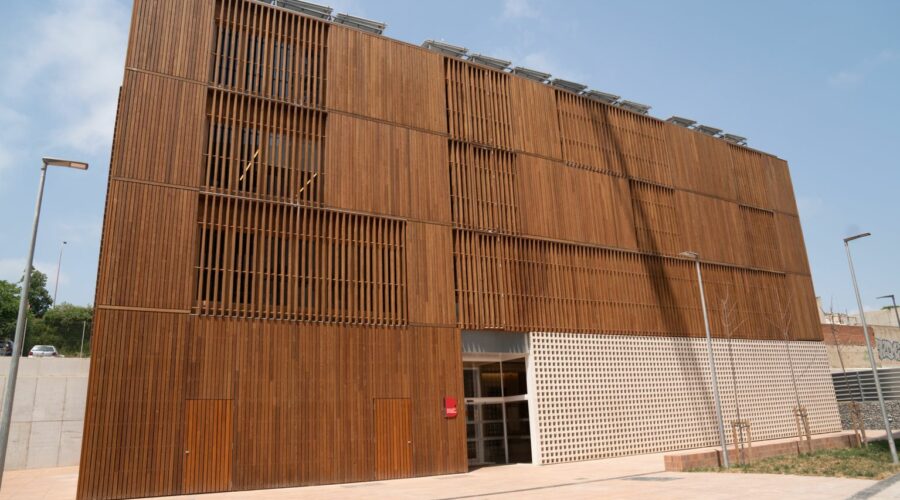The musical opening of the year
The concert season at the Olympic Stadium Lluís Companys has started this June, marking a fundamental meeting point for music lovers in Barcelona. With a vibrant start by the German band Rammstein, the Olympic venue will not only revive the music in its facilities, but will also see big names in the industry perform on its stage.
Bruce Springsteen
with two dates scheduled, and the group Estopa, on its 25th anniversary tour, are some of the stars of this summer. In total, more than 200,000 people are expected to attend the four concerts planned, consolidating the Estadi as an essential cultural epicenter.
 Milestones that make history
Milestones that make history
This year, the musical history of the Olympic Stadium will be written in record-breaking inks. Bruce Springsteen will become the artist with the most performances at the venue, reaching eight shows in total. On the other hand, Estopa, with its ability to fill the stadium for the first time as a national group, will also leave its mark. These events not only reaffirm the Olympic Stadium’s status in music, but also underline Barcelona’s position as a key city for major international tours, attracting stars such as Beyoncé, Coldplay and Harry Styles between 2023 and 2024.
An international pulse in Barcelona
The influence of these concerts transcends local borders, attracting 12% international audiences and 36% from other regions of Spain. This phenomenon not only boosts the local economy but also reinforces the perception of Barcelona as an active and attractive cultural hub worldwide.
Where to stay in Barcelona | The complete guide
Focusing on sustainability
Coinciding with the start of the concert season, the Olympic Stadium and its surroundings have launched an extensive campaign to promote sustainable mobility. Under the slogan ‘L’Estadi Olímpic és molt a prop. Try the most sustainable way to get there’, the campaign encourages the use of public transport and walking, thus reinforcing the commitment to sustainable events. Improvements have been implemented in the bus lines and the schedule of escalators in Parc de Montjuïc has been extended, seeking to facilitate access and reduce the use of private vehicles.
A multifaceted space
Beyond the concerts, the Olympic Stadium Lluís Companys has maintained a full agenda during the first half of 2024. From sporting events to open days, each activity demonstrates the versatility of the venue. The opening of The Venue Barcelona, a new ecosystem of companies focused on sports, culture and major events, marks a new chapter in the venue’s history as a hub of innovation.
Looking to the future
With every musical note that echoes through its facilities, the Estadi Olímpic Lluís Companys not only celebrates art and culture, but also looks to the future with a firm commitment to sustainability and innovation. The 2024 concert season is not only a spectacle for the ears, but a step forward in the transformation of Barcelona into a greener and more avant-garde city. This summer, the Olympic Stadium is not only a place to listen to music; it is a space where the past and the future meet in the vibrant present of the city.
Olympic Stadium Lluís Companys
The Estadi Olímpic Lluís Companys, located on Montjuïc mountain in Barcelona, Spain, is an emblematic sports venue steeped in history and significance. Originally built in 1927 for the 1929 Barcelona International Exposition, this stadium was designed by architect Pere Domènech i Roura. However, its historical relevance skyrocketed when it was chosen as the main venue for the 1992 Olympic Games, an event that marked a before and after in the history and infrastructure of Barcelona.
Renovation and 1992 Olympic Games
In preparation for the Games, the Olympic Stadium underwent extensive renovations between 1985 and 1989. The renovation not only involved an upgrade of its facilities, but also an expansion of its capacity and modernization of its services to accommodate the thousands of spectators and athletes from all over the world. The stadium was reopened on September 8, 1989, consolidating its position as a first-class sports center.
During the 1992 Olympic Games, the stadium was the focal point of the athletics events and the opening and closing ceremonies, moments that were engraved in the collective memory of world sport. This event was crucial for Barcelona, as it meant an urban and global transformation of the city, positioning it as an international tourist and cultural destination.
Post-Olympic Use and Renaming
After the Olympic Games, the stadium has been used for a variety of events, not only sporting but also cultural. In 2001, it was officially renamed Estadi Olímpic Lluís Companys, in honor of the president of the Generalitat de Catalunya during the Spanish Civil War, who was executed by Franco’s regime in 1940. This name change was part of an effort to recover historical memory and pay tribute to important figures in Catalan history.
Cultural and Sports Attraction Center
In recent decades, the Olympic Stadium Lluís Companys has hosted major international sporting events, including athletics championships and soccer matches. However, its use has diversified greatly to include large concerts and cultural events, becoming one of the preferred venues for international tours of artists and bands.
The stadium also forms part of the Montjuïc Olympic Ring, which includes other key sports facilities such as the Palau Sant Jordi and the Bernat Picornell Swimming Pools, further consolidating the importance of this area as a sports and entertainment center.
Commitment to Sustainability
In line with global trends and local needs, the Olympic Stadium Lluís Companys has adopted sustainability initiatives. This includes promoting sustainable mobility among event attendees, encouraging the use of public transportation and non-polluting means of transport as part of its commitment to the environment and reducing the city’s carbon footprint.
Today, the Estadi Olímpic Lluís Companys is not only a symbol of Barcelona’s sporting and cultural achievements, but also a testament to its evolution and adaptation to the times, remaining a pillar in the community for both locals and visitors from around the world.


 Milestones that make history
Milestones that make history
